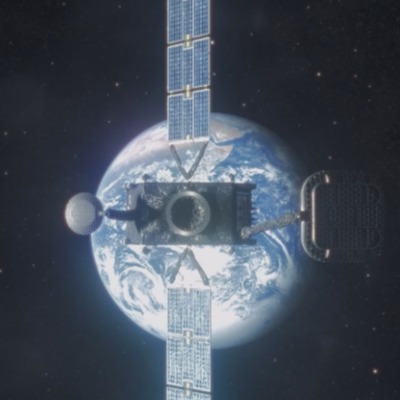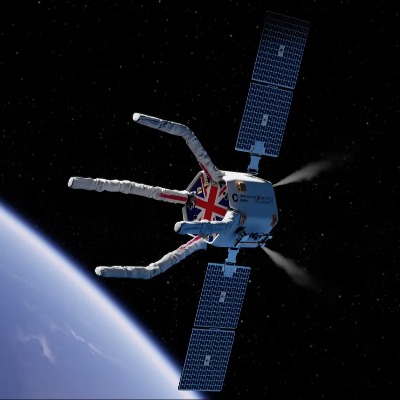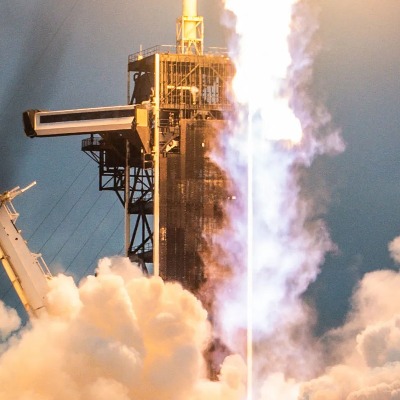Double Success for SpaceX: Eutelsat Satellite Launched, Booster Makes Historic Landing

In a feat marking two significant milestones, SpaceX successfully launched Eutelsat's latest geostationary communications satellite, Eutelsat 36D, on a Falcon 9 rocket today. This launch held special significance as it coincided with the seventh anniversary of SpaceX's first-ever reused Falcon 9 booster for a commercial customer mission.
Liftoff from Kennedy Space Center's Launch Complex 39A occurred at 5:52 PM Eastern Time. The powerful Falcon 9 rocket roared to life, carrying the Eutelsat 36D satellite on a journey to its designated geostationary transfer orbit. Approximately 34 minutes later, the satellite successfully separated from the second stage, marking the mission's primary objective complete.
Eutelsat 36D, weighing in at roughly 5,000 kilograms, is based on Airbus' Eurostar Neo platform and boasts 70 Ku-band transponders. These transponders will provide critical television and government communications services across Africa and Eurasia once the satellite reaches its final operational position.
However, the launch wasn't the only story. The true feat of engineering came on the return trip of the Falcon 9's first stage. This particular booster, having previously completed six successful missions, made a spectacular landing on the drone ship "Just Read the Instructions" stationed in the Atlantic Ocean. This successful touchdown marked a historic moment, signifying SpaceX's continued commitment to booster reusability and mission cost reduction.
"This launch represents another significant step forward for SpaceX," said [name/title of SpaceX spokesperson], "not only in delivering critical payloads to orbit but also in demonstrating the incredible reusability of our Falcon 9 fleet."
The successful launch of Eutelsat 36D and the historic landing of the Falcon 9 booster solidify SpaceX's position as a leader in the commercial space industry. The company's dedication to innovation and reusability paves the way for a more cost-effective and sustainable future of space exploration.




